¬ιΕΙΙΌΆχ Ή“≥»κΩΎ Teach > School Radio > English > Talking Poetry
Rosen - Nichols - McGough - Kay - Agard - Coe - Classic 1 - Classic 2
Duration: 15:00
The poet Jackie Kay introduces and reads some of her best-known poems for children:
Brendon Gallacher
The poet remembers an imaginary childhood friend.
Red running shoes
The poet explores her feelings about the girl she once was.
My face is a map
Exploring one woman's feelings about her own face.
Stick insect
The poet explores the love between a pet and its owner.
The moon at Knowle Hill
Inspired by a beautiful sky seen by the poet during a difficult time.
Bush fire
If fire were personified what sort of character would it have?
If you wish to listen to the poems individually, these can be found below.
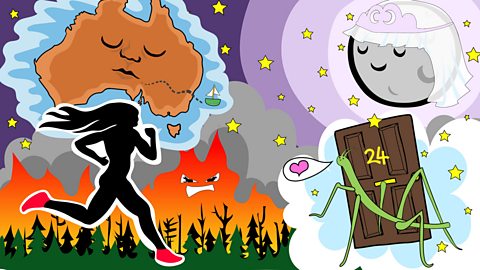
The poems
Brendon Gallacher (duration: 02:18)
Red running shoes (duration: 02:28)
My face is a map (duration: 03:23)
Stick insect (duration: 01:12)
The moon at Knowle Hill (duration: 01:44)
Bush fire (duration: 01:50)
Curriculum guidance
There are eight programmes in this series. Each of the first 6 programmes profiles a different contemporary childrenβÄôs poet who introduces and then reads a selection of his or her work.
The final two programmes focus on classic poetry and include a selection of well-known poems often taught at Key Stage 2. These poems are read by the actors Maxine Peake and Julian Rhind-Tutt.
Using the audio
The programmes can be used in a variety of ways. You can listen to them in their entirety or listen to and focus on one poem at a time. Students can read the text of the poem before, during or after listening to the recording and there are suggestions in these notes for pre-, during-, and post- listening activities.
Using the images:
Each programme is accompanied by a composite picture inspired by the poems in that programme. These can be used:
to stimulate pre-listening discussion about what the poems might be about;
to explore themes in the poetβÄôs writing;
to support reading of individual poems βÄ™ the image can act as a visual reminder of topics, themes or narratives for students while they are completing work on poems;
to stimulate creative writing: pupils could pick two or three elements of the picture and combine them to stimulate a story. This might work well with a βĉconsequencesβÄô story frame: a framework of actions already written where pupils add in nouns taken from the image to make a story.
More detailed guidance can be found in the Teachers' Notes below
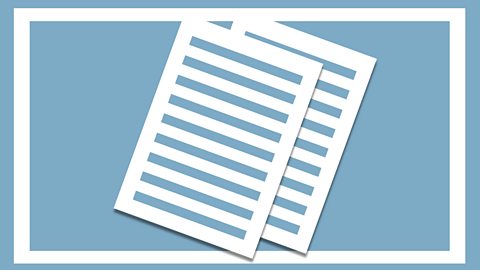
Χΐ
Χΐ
More from Talking Poetry
3. Roger McGough. audio
Roger McGough introduces and reads some of his best-known poems for children, including 'First day at school' and 'Didgeridoo'.
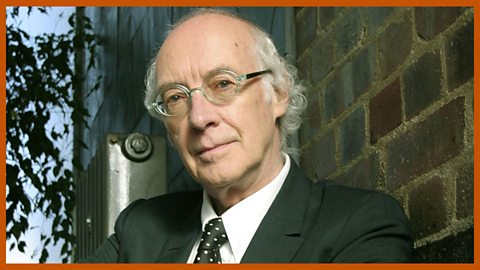
5. John Agard. audio
John Agard introduces and reads some of his best-known poems for children, including 'A date with spring' and 'Hopaloo kangaroo'.
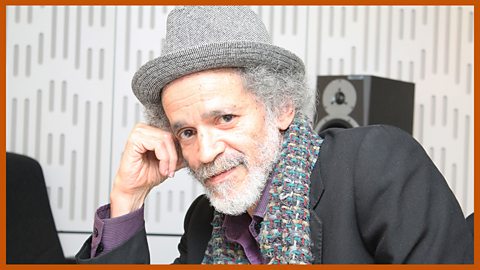
6. Mandy Coe. audio
Mandy Coe introduces and reads some of her best-known poems for children, including 'If you could see laughter' and 'Fizz'.
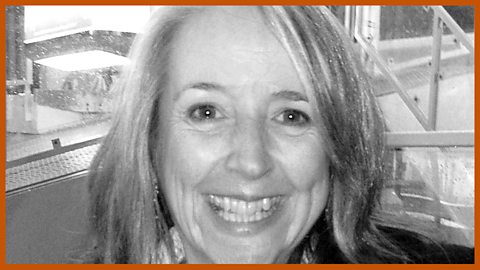
¬ιΕΙΙΌΆχ Ή“≥»κΩΎ Teach > School Radio > English > Talking Poetry
Rosen - Nichols - McGough - Kay - Agard - Coe - Classic 1 - Classic 2